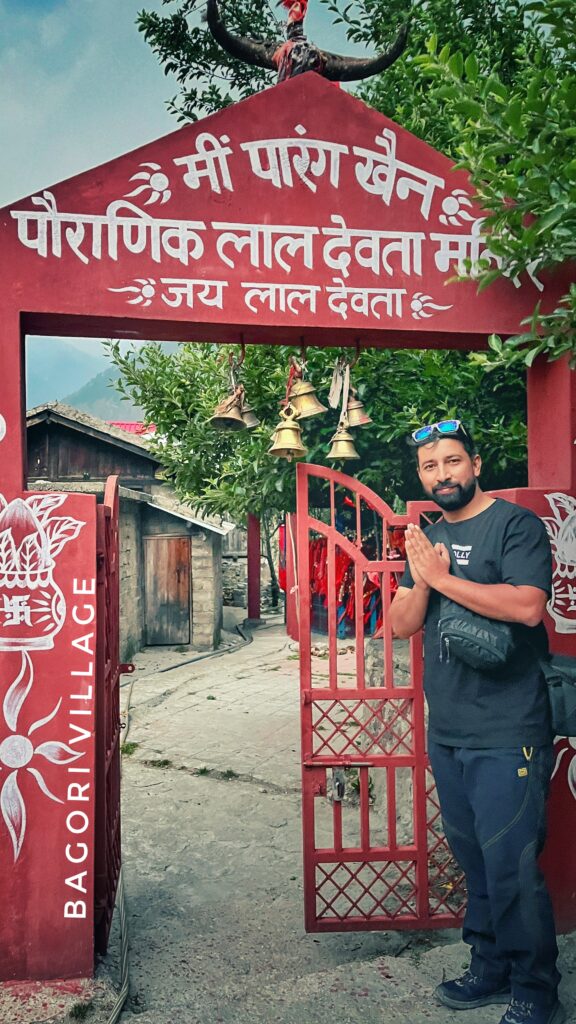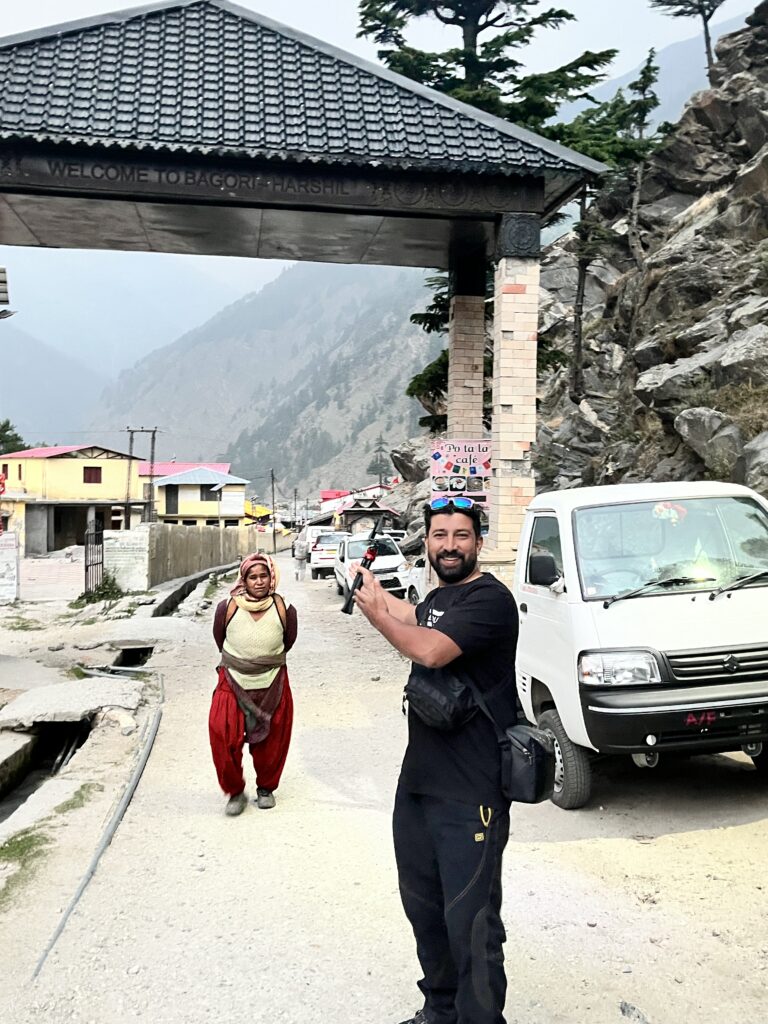Harshil, The Mini Switzerland of India
Harsil Valley, a tranquil Himalayan hamlet tucked away within the majestic Himalayas, has been dubbed "Mini Switzerland" due to its stunning scenery, lush meadows, and snow-capped peaks. This charming valley, which is in Uttarakhand's Uttarkashi district, is well-known for its vast apple orchards and rich cultural legacy.


It takes seven hours and thirty minutes to drive 134 miles (215 kilometres) from Dehradun to Harsil Valley. It takes three hours to drive 48.7 miles (78.4 kilometres) from Uttarkashi town to Harsil Valley.
Harshil Valley and the film “Ram Teri Ganga Maili”
Of course, Harshil Valley is fascinating on its own, but it became much more well-known when it appeared in the Bollywood film “Ram Teri Ganga Maili”. The valley gained notoriety as a tourist attraction thanks in large part to this renowned 1985 film, which emphasised the area’s breathtaking beauty.
The film made a lasting impression on viewers with its depiction of Harshil’s bucolic surroundings and the straightforward, peaceful way of life of its people. Ever since, there has been a constant stream of tourists arriving in the valley, all anxious to witness the enchantment that was shown on film.
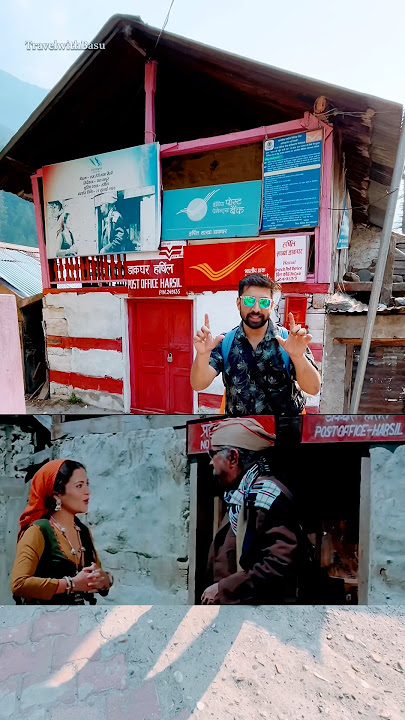
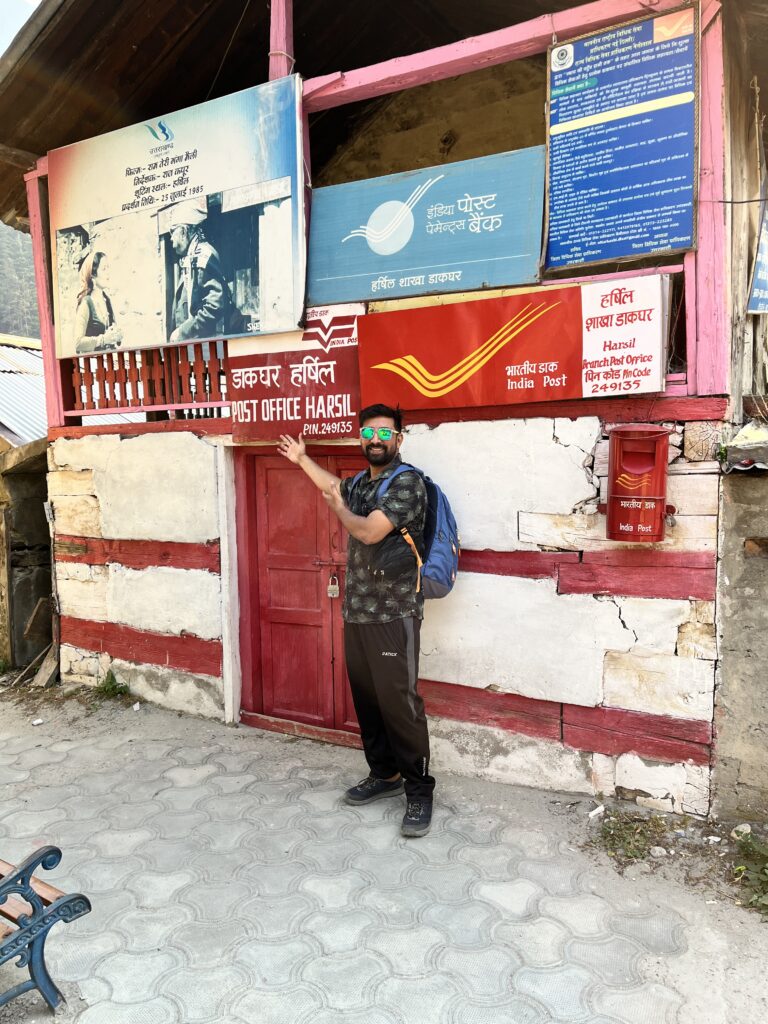
Harshil: An Apple Valley Rich in History
In addition to its breathtaking natural beauty and reputation from the movies, Harshil Valley is well known for its verdant apple orchards. Visitors are treated to a visual feast as this charming environment turns into a canvas of crimson and green in the autumn.
The Legacy of Wilson
The story of Harshil’s apple orchards is intertwined with the life of a British adventurer named Frederick E. Wilson, often referred to as “Pahari” Wilson. In the mid-19th century, Wilson found himself captivated by the valley’s charm and its people. He decided to settle here and introduced apple cultivation to the region.
The Wilson Legacy
The tale of Frederick E. Wilson, a British explorer known as “Pahari” Wilson, is entwined with the tale of Harshil’s apple orchards. Wilson was drawn to the allure of the valley and its inhabitants in the middle of the 1800s. He chose to make this his home and brought apple growing to the area.
Wilson’s experiment proved to be extremely effective. It turned out that Harshil’s climate and soil were perfect for growing apples. His introduction of the cultivar, which people often refer to as “Wilson Apples,” made the valley famous. These apples are prized for both their unique flavour and their propensity for long-term storage without refrigeration.
The flourishing apple orchards that dot the region now are testaments to Wilson’s legacy. This British explorer brought with him an apple variety that the locals still grow and treasure. The apple has grown to be a vital component of Harshil’s economy and culture, supporting a large number of families.
It’s a pleasure to visit Harshil in the apple-growing season. The smell of ripe apples fills the air, and the orchards make a beautiful background for images. The fact that this exotic fruit has assimilated so well into Harshil’s culture is a credit to Wilson’s vision and the valley’s tenacity.
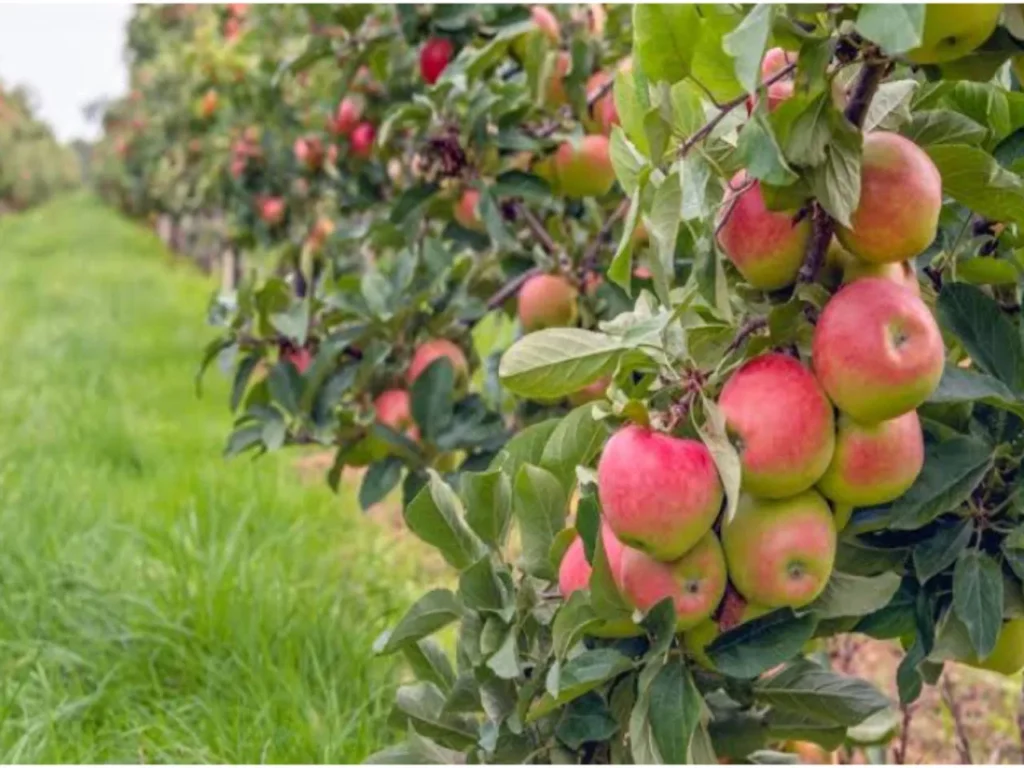
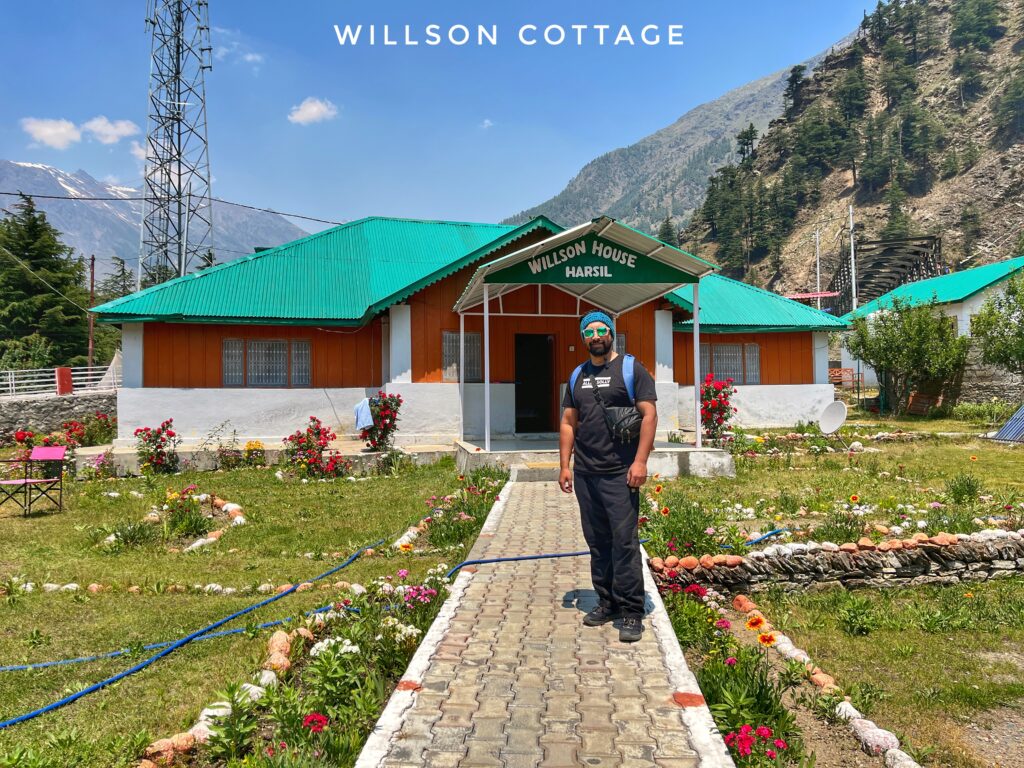
Do Watch My Vlog on Harshil Valley,Uttarakhand
The Himalayan Vantage Point, Lama Top
A must-see location for anybody visiting the charming Harshil Valley is Lama Top. An amazing panoramic view of the valley and neighbouring Himalayan peaks, including the recognisable Horn of Harshil, is the reward for this reasonably moderate hike.
Enjoyable hiking through verdant meadows and thick deodar trees leads to Lama Top. Though not overly demanding, it’s an ideal chance to fully appreciate the area’s natural splendour. Because of its clear markings, hikers of all skill levels can use the trail.
An amazing view greets you as soon as you arrive at the summit. Before your eyes, the entire Harshil Valley spreads out into verdant fields, apple orchards, and traditional homes. The Horn of Harshil, a magnificent peak rising sharply out of the terrain covered in snow, is without a doubt the show-stopper. Due to its distinctive shape, which resembles a horn, it has become a well-loved emblem of the area.


The Temple of Shree Laxmi Narayan: A Sacred Haven in Harshil
Situated amidst the tranquil splendour of Harshil Valley, the Shree Laxmi Narayan Temple bears witness to the abundant spiritual legacy of the area. Dedicated to Lord Vishnu and his consort, Goddess Lakshmi, this historic temple is located on the banks of the Bhagirathi River.
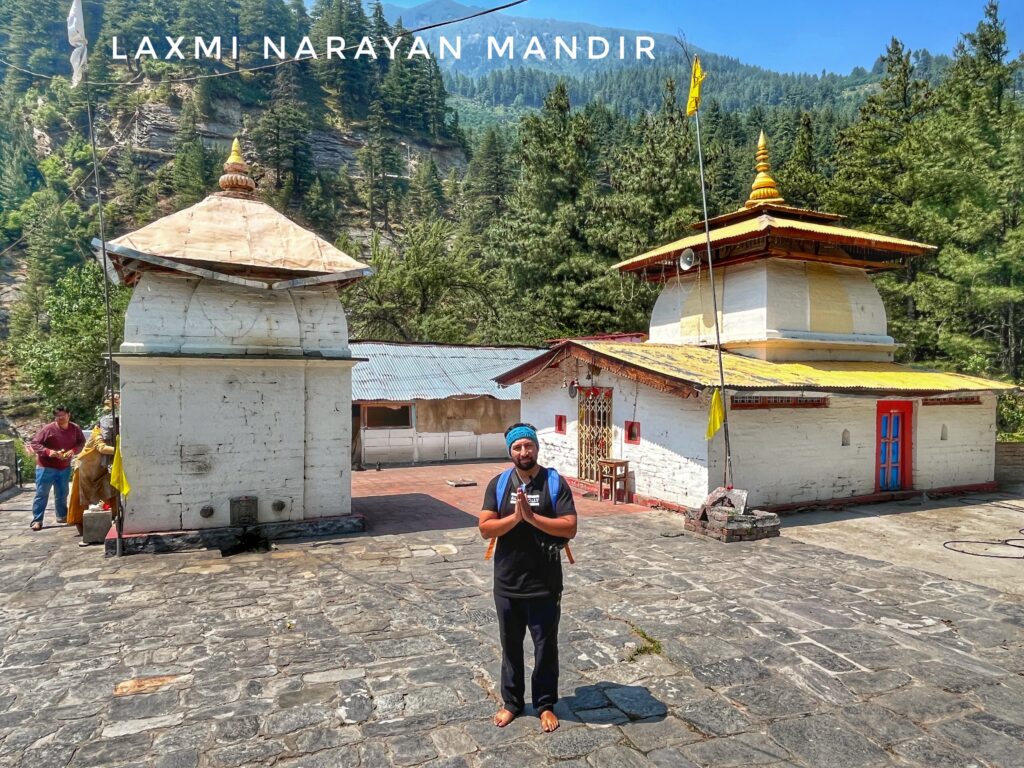
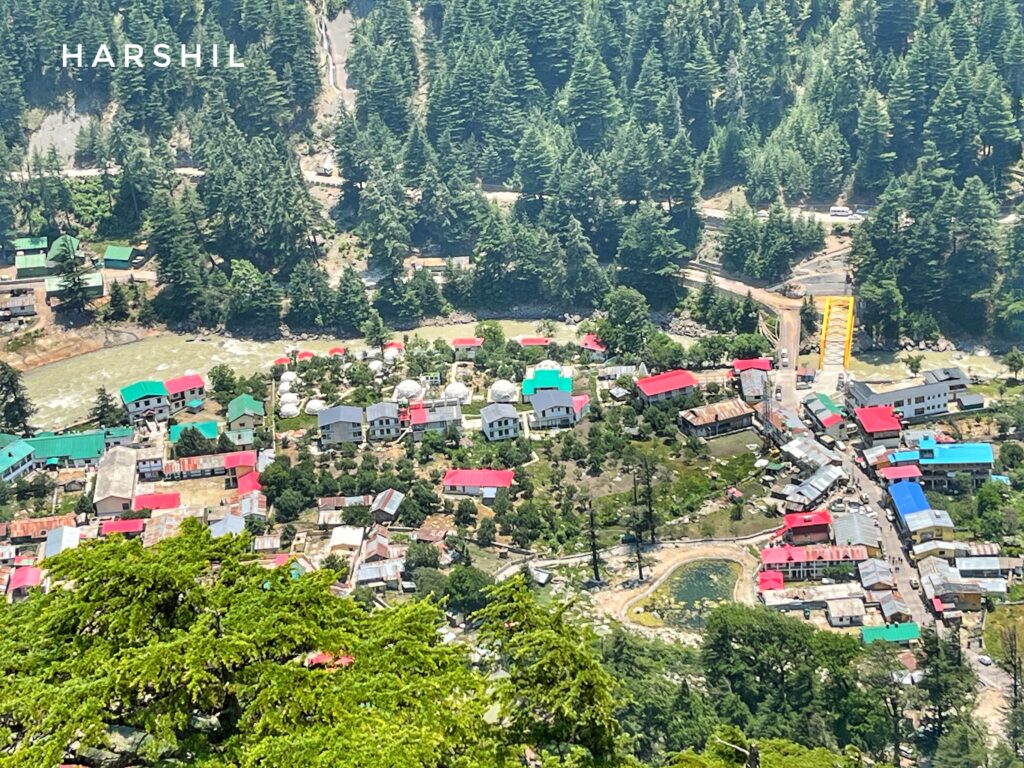
Legend and History
The precise year of the temple’s construction is still unknown, however local mythology indicates it was constructed somewhere about 1818. A harmonious combination with the surrounding natural beauty, the temple’s construction is a reflection of the indigenous Pahari style.
A story about the Harishila Rock is intricately linked to the temple. The residents of the area think that this big, blackish boulder in the river represents Lord Vishnu in stone form. In folklore, the Bhagirathi and Jalandhari rivers were fighting over who was superior, and Lord Vishnu stepped in to settle the issue, creating the rock. It is believed that Vishnu changed into the Harishila Rock in order to appease them, and that ever since, the rivers have flowed well.The Shree Laxmi Narayan Temple and enigmatic Harishila Rock provide an exceptional spiritual experience in the centre of Harshil Valley, regardless of your level of devotion or need for some peace and quiet.
A Legacy of the Bhotiyas: Bagori Village
Bagori is a charming village that is a sharp contrast to the commercial centre. It is located about one kilometre away from the busy Harshil market. Nestled in this peaceful hamlet is the Bhotiya people, whose history is intricately linked to the past of the area.
Once a prosperous trading community on the Indo-Tibetan trade route, the Bhotiya people originated in the Nelong Valley. They traversed the perilous Himalayan passes with cargo like salt, wool, and borax, and were renowned for their strength and adaptability. That changed dramatically, though, with the Indo-China War of 1962. After being forced to flee their ancestral lands, the Bhotiya community took sanctuary in Bagori.
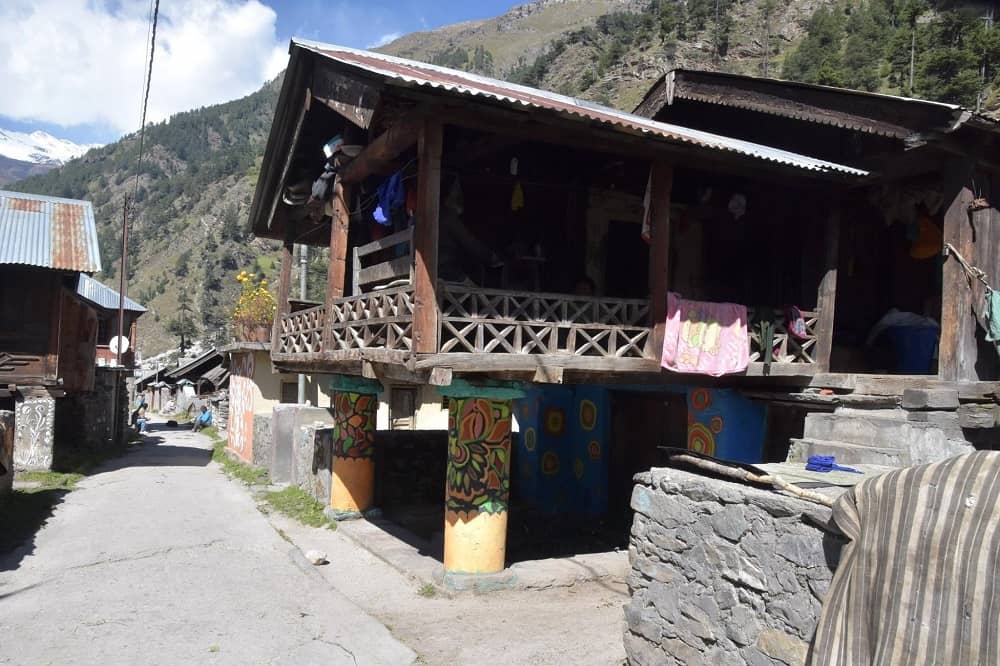
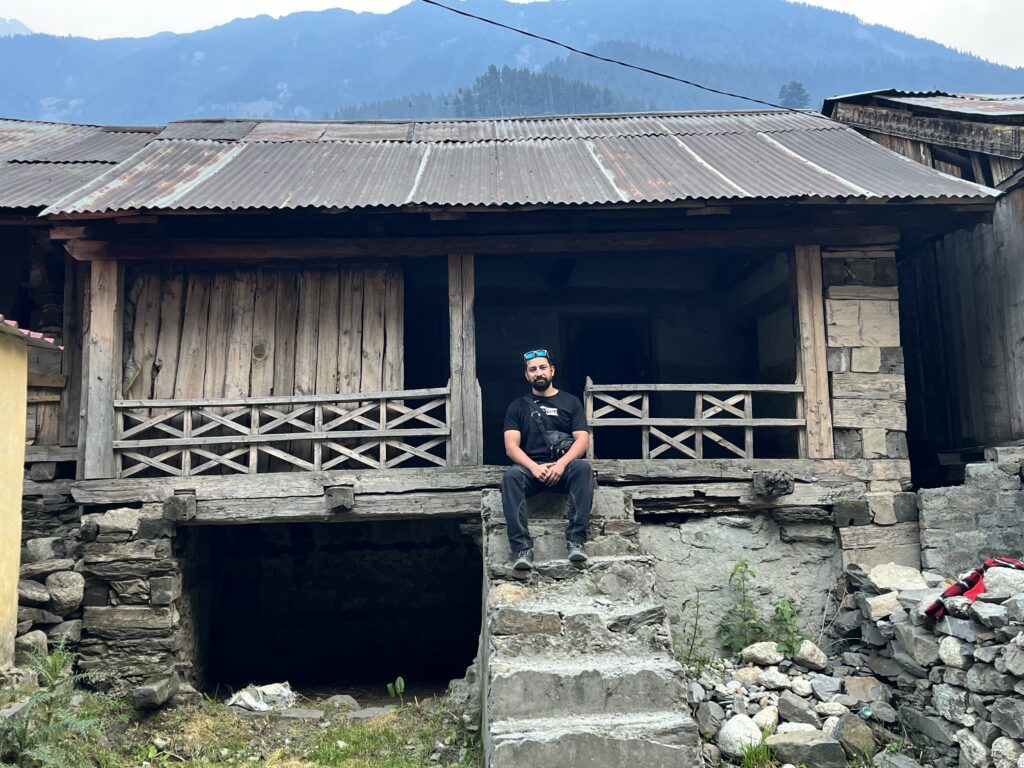
In Bagori Village, you may discover the following things:
Rich Cultural Heritage: The Bhotiya community, whose traditions and customs are ingrained in the area, calls the village home. You may see how they live their traditional lifestyle, down to their clothes and handicrafts.
Discover Historic Wooden Houses: Bagori is home to a large number of historically significant wooden houses, some of which date back more than a century. These architectural wonders showcase the distinctive building methods used in the area.
Visit Temples: The village is home to both Buddhist and Hindu temples, demonstrating the region’s religious peace. Of particular note is the shrine dedicated to the local deity, Laal Devta.
